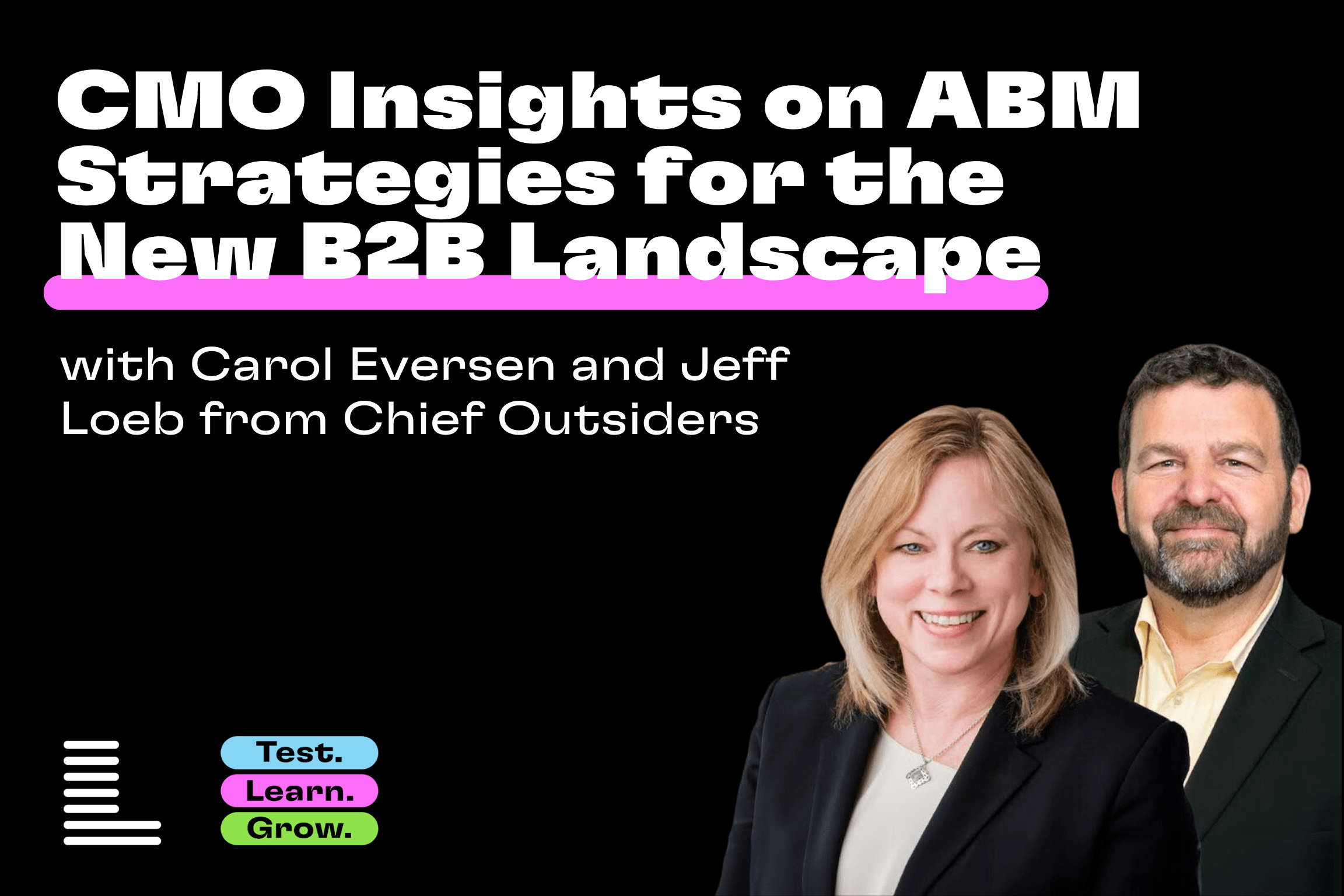Ecommerce marketers are constantly seeking new ways to connect with customers and drive sales. With emerging technologies and crowded digital shelves, staying ahead takes focus, agility, and unlocking marginal gains across the customer journey.
One area that is often overlooked is feed management and optimization. In this blog and podcast episode, we explore what exactly feeds are, why they’re critical, and how optimizing them can significantly impact performance.
What is a Feed?
Feeds are essentially digital catalogs, containing vital product attributes like titles, descriptions, images, pricing, availability, etc. They feed this information to advertising channels like Google, Facebook, Instagram, and others to power dynamic ads.
These feeds bring your ecommerce store to life across the web. Just like you carefully curate your in-store experience, your feed requires the same thoughtful merchandising. After all, your feed is your storefront in the digital world.
Why Feed Management Matters
With online shopping only becoming more pervasive, customers expect seamless browsing and buying experiences. If your feed contains messy data, incorrect information, or lacks important details, it directly hurts the customer experience.
Beyond bad UX, poor feed management can lead to a host of issues that negatively impact your marketing performance, including:
- Wasting ad budget on irrelevant or incorrect targeting
- Losing revenue from out-of-stock or discontinued products appearing in ads
- Failing to appear for critical product searches due to missing data
- Turning away customers that hit broken or mismatching landing pages
Clearly, what you put into your feed directly influences what you get out of your ecommerce marketing. Skipping proper feed management means leaving easy money on the table.
Common Pitfalls and How to Avoid Them
Many brands new to feed management stumble on some common but damaging mistakes:
- Forgetting important keywords like product names, materials, colors, etc. that customers use in searches. Always include these.
- Using internal codes or abbreviations that make no sense to customers. Keep language customer-friendly.
- Not categorizing products properly to match how customers browse and search. Lean on tools for AI-powered categorization.
- Failing to update for price changes, new products, and availability. Set up automation to keep feeds fresh.
The key is approaching your feed as the customer, not your internal systems. Use clear language, rich attributes, and rigorous quality checks to create a polished feed.
The Power of Optimization
Feed management isn’t a set-it-and-forget-it task. There’s huge upside in continuously optimizing your feed to drive incremental gains.
Small changes like removing repetitive brand names or testing new titles can boost ad relevance and performance overnight. Dedicate resources to feed optimization as you would other marketing channels.
Tap into human creativity combined with data-driven tools that enable agile feed management at scale. Letting an experienced feed partner like our friends at Feedonomics handle the heavy lifting frees up internal resources to focus on strategy.
Prioritize Feed Management Now
In today’s digital-first world, feed management deserves a permanent spot on your ecommerce marketing roadmap. Align a portion of your marketing budget to feed optimization for maximum ROI.
Start by auditing your current feed health to uncover quick wins, and address any critical issues. Then build out an optimization schedule to test new approaches on an ongoing basis.
As AI chatbots and personalized recommendations shape more shopper journeys, feed optimization will only become more crucial. The time to sharpen your feed is now.






